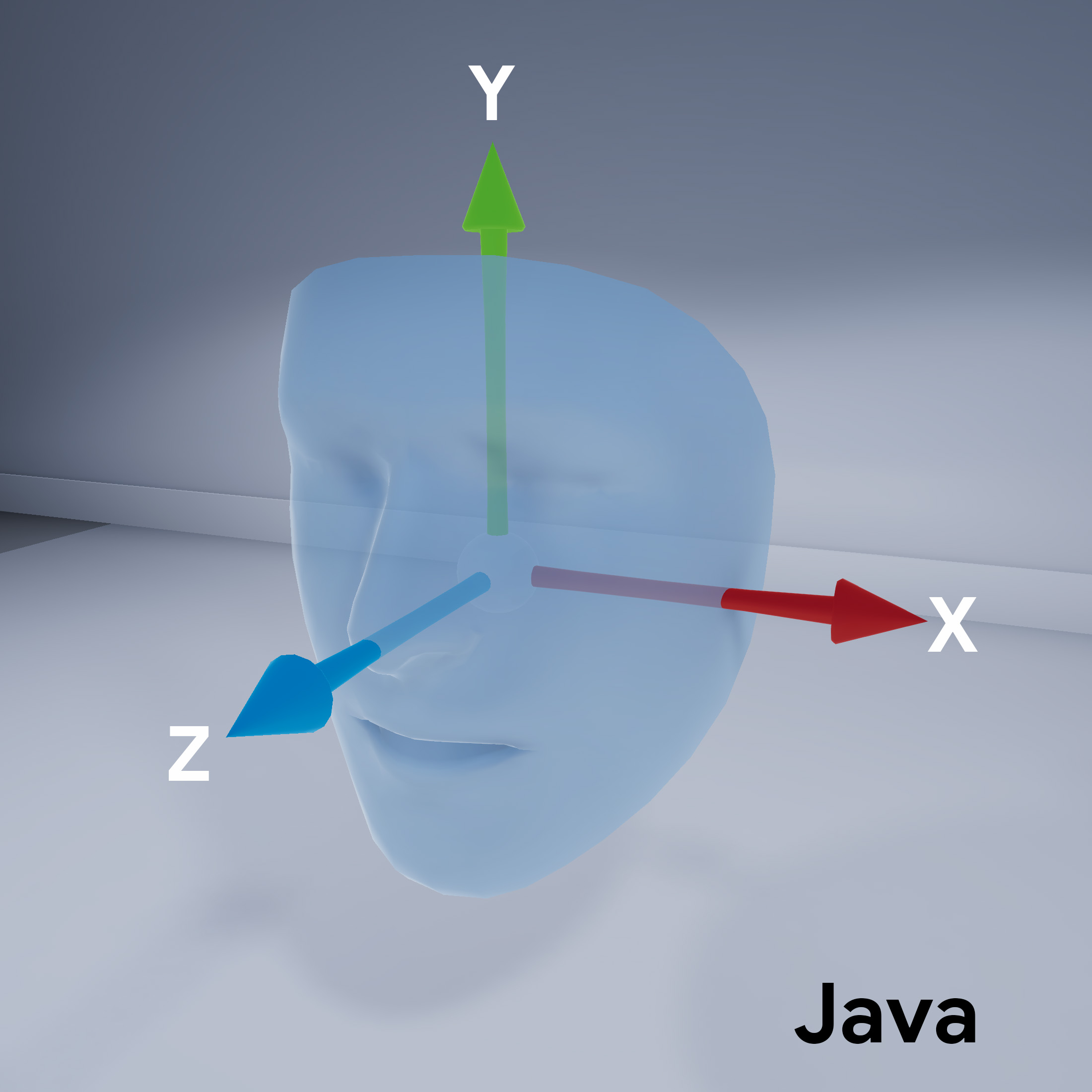רוצים לדעת איך משתמשים בתכונה 'פנים רבודה' באפליקציות שלכם?
דרישות מוקדמות
חשוב לוודא שאתם מבינים את המושגים הבסיסיים של AR ואיך להגדיר סשן ARCore לפני שממשיכים.
שימוש בפנים מוגברת ב-Android
הגדרת הסשן של ARCore
כדי להתחיל להשתמש בפנים מרובות, צריך לבחור את המצלמה הקדמית בסשן ARCore קיים. שימו לב שבחירת המצלמה הקדמית תגרום למספר שינויים בהתנהגות ARCore.
Java
// Set a camera configuration that usese the front-facing camera. CameraConfigFilter filter = new CameraConfigFilter(session).setFacingDirection(CameraConfig.FacingDirection.FRONT); CameraConfig cameraConfig = session.getSupportedCameraConfigs(filter).get(0); session.setCameraConfig(cameraConfig);
Kotlin
// Set a camera configuration that usese the front-facing camera. val filter = CameraConfigFilter(session).setFacingDirection(CameraConfig.FacingDirection.FRONT) val cameraConfig = session.getSupportedCameraConfigs(filter)[0] session.cameraConfig = cameraConfig
הפעלה של AugmentedFaceMode:
Java
Config config = new Config(session); config.setAugmentedFaceMode(Config.AugmentedFaceMode.MESH3D); session.configure(config);
Kotlin
val config = Config(session) config.augmentedFaceMode = Config.AugmentedFaceMode.MESH3D session.configure(config)
כיוון רשת הפנים
חשוב לשים לב לכיוון של רשת הפנים:
גישה לפנים שזוהו
לקבלת Trackable
לכל פריים. Trackable הוא משהו ש-ARCore יכול לעקוב אחריו,
ניתן לצרף עוגנים.
Java
// ARCore's face detection works best on upright faces, relative to gravity. Collection<AugmentedFace> faces = session.getAllTrackables(AugmentedFace.class);
Kotlin
// ARCore's face detection works best on upright faces, relative to gravity. val faces = session.getAllTrackables(AugmentedFace::class.java)
להורדת TrackingState
בכל Trackable. אם הוא TRACKING,
התנוחה שלו ידועה כרגע ב-ARCore.
Java
for (AugmentedFace face : faces) { if (face.getTrackingState() == TrackingState.TRACKING) { // UVs and indices can be cached as they do not change during the session. FloatBuffer uvs = face.getMeshTextureCoordinates(); ShortBuffer indices = face.getMeshTriangleIndices(); // Center and region poses, mesh vertices, and normals are updated each frame. Pose facePose = face.getCenterPose(); FloatBuffer faceVertices = face.getMeshVertices(); FloatBuffer faceNormals = face.getMeshNormals(); // Render the face using these values with OpenGL. } }
Kotlin
faces.forEach { face -> if (face.trackingState == TrackingState.TRACKING) { // UVs and indices can be cached as they do not change during the session. val uvs = face.meshTextureCoordinates val indices = face.meshTriangleIndices // Center and region poses, mesh vertices, and normals are updated each frame. val facePose = face.centerPose val faceVertices = face.meshVertices val faceNormals = face.meshNormals // Render the face using these values with OpenGL. } }


